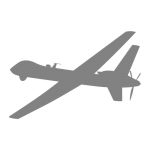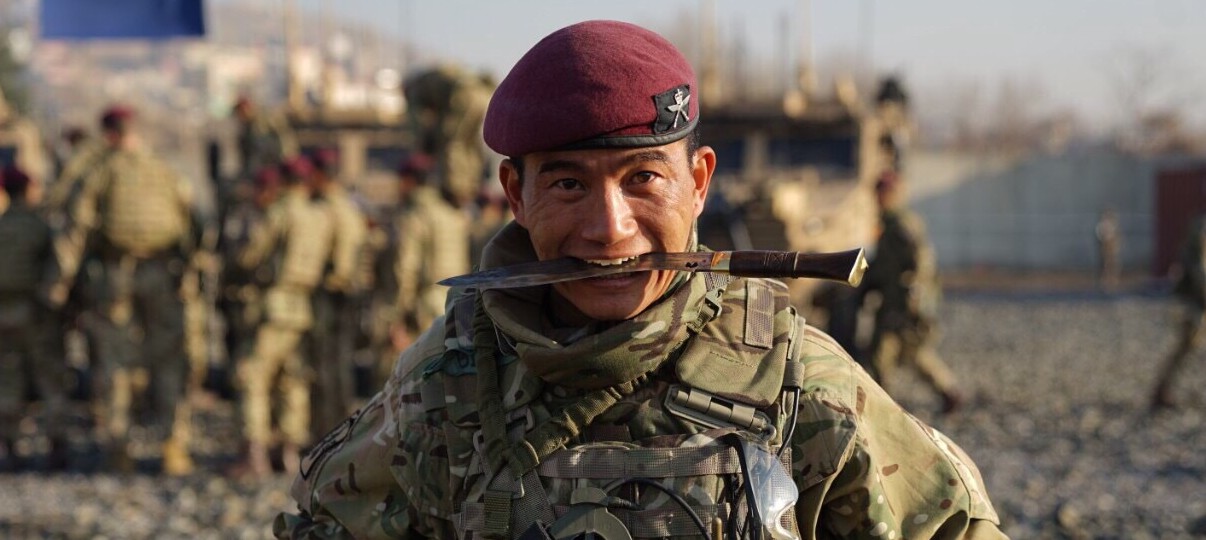In the history of conventional warfare, there has always been a small group of people whose reputation supersedes that of rank and file soldiers. People feared due to their capability of being able to deliver gruesome violence when you least expect it and who earn an almost supernatural mystique amongst their enemies. Today, Reaper Feed is going to break down a list of military units that you don’t want to be made to fight in a war.
Article Contents
Chechens:
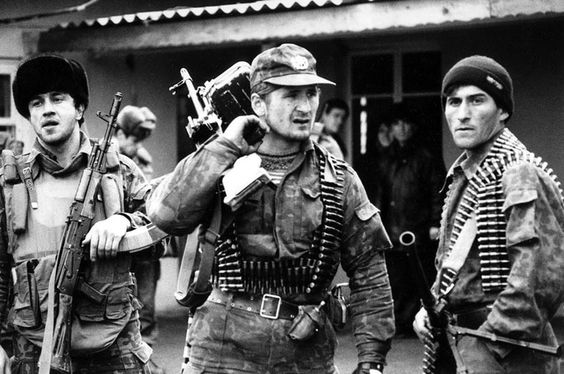
Since they were first discovered by the troops of Tsarist Russia hundreds of years ago, the mountain men of Chechnya have been infamous as hardened, fanatical and ruthless fighters. In the years following, the republic has been locked in almost constant warfare.
The region erupted in a grueling civil war during the 1990s as they tried to break away from Russia during the collapse of the USSR. In the years following, some Chechen fighters would go on to infamy due to their commitment to carrying out merciless violence on enemy soldiers and civilians, including children. Shamil Basayev, the inventor of the ‘Chechen Tongue’ execution method and mastermind of the horrific Beslan slaughter, was one of them.
Chechen fighters who cut their teeth during fights against the Russian army have taken their skills abroad to a number of warzones including Afghanistan, Iraq, and Syria. Their reputation has followed them and rival forces often testify to their fanatical and terrifying fighting style.
WW1 Stosstruppen:
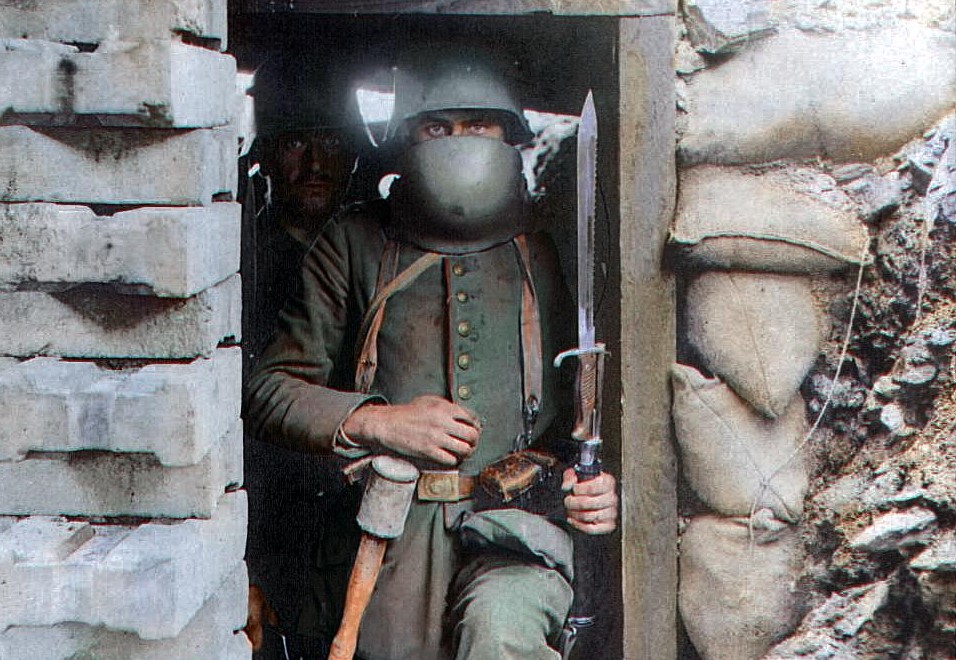
During the final years of WW1, Britain had begun to utilize the groundbreaking invention of the tank which was used to great effect in crushing through German defenses with brute force. The Germans, outnumbered in industrial capacity and worn down by years of relentless war, couldn’t match the British output of tanks so they decided to fight back with a far more cunning technique: the invention of the Stosstruppen.
The Stosstruppen, which stands for stormtroopers, relied on brainpower and surprise. Instead of throwing mass waves of troops at heavily armed Allied trenches, small groups of them would identify weak spots in the line before infiltrating and wreaking havoc, cutting off supply lines and reinforcements before being back up by deployments of regular German soldiers. Their tactics were fierce and Allied units soon grew to expect no mercy when faced with a feared Stosstruppen attack.
Following the crushing German defeat in WW1, the former Stosstruppen suddenly found themselves out of work and looking for ways to transfer their violent skills into civilian life. So many of them put their skills to work through joining the various violent political groups in post-war Germany, such as the Nazi and Communist party, all vying for power in the days of economic depression.
Taliban:
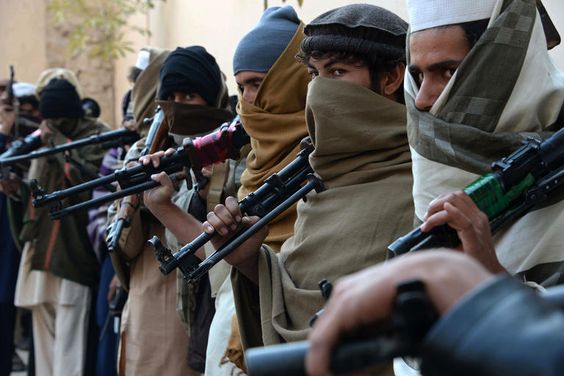
Formed in the wake of the Soviet-Afghan war, the Taliban utilized their combat experience against Soviet troops to overrun Afghanistan and gain control of the country. They soon implemented a barbaric, medieval-style form of Islamic rule and murdered anybody who didn’t fit into their world view.
Following the attacks on 9/11, the US, UK, and a coalition of nations invaded Afghanistan due to the Taliban harboring Osama Bin Laden and providing a base for al-Qaeda. Despite being decimated by airstrikes and various operations, the Taliban remained and launched a guerilla war on the US-led coalition forces. Their fighting style is fanatical and suicidal. Prisoner testimonies of those captured by the Taliban show that they are often subject to torture and beheading.
During the early days of the US-led operation to wipe out the Taliban, large swathes of fighters were captured and held in a prison known as Qali-i-Jangi. As soon as they got the chance, they overpowered their CIA interrogators and Northern Alliance guards before taking over a weapons depot and waging a bloody and drawn-out fight for the prison. US and British Special Forces were tasked with quelling the uprising. Despite multiple heavy airstrikes and constant attacks leading to their numbers being decimated, the surviving Taliban refused to surrender until they were drowned out of their underground positions with ice-cold water. Since then, the Taliban have gone on to fight numerous militaries and special forces from around the world.
The Waffen SS
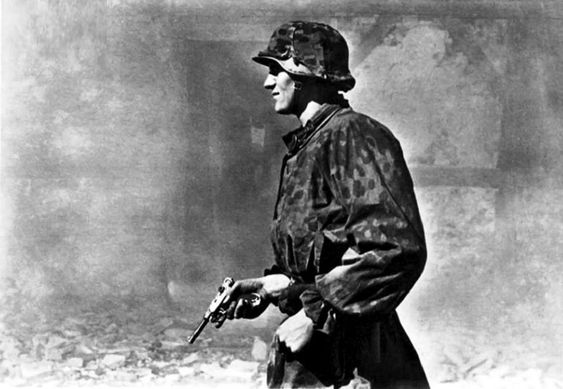
Nazi Germany’s Waffen SS, rapidly earned a reputation for their war crimes and suicidal fighting style. In comparison to the German Wehrmacht, the Waffen-SS were political soldiers. Not only did they receive advanced combat training, but they were also politically hardened nazis. To them, Fuhrer was everything and they would carry out any order in his name. They were the first to receive the best equipment such as Tiger and Panther tanks and were often sent into critically dangerous battle situations where it was believed something more than the standard Wehrmacht was needed.
The Waffen SS was one of the best trained military units of the German war machine, however, their level of ruthlessness commanded fear and a desire for revenge from their enemies. On the Eastern Front, Russian soldiers would execute captured SS on sight whereas Wehrmacht soldiers were largely sent East as POWs. On the Western Front, American and Canadian soldiers followed suit with shooting many captured SS after suffering SS led massacres such as in Malmedy.
The Waffen SS were often present at key moments in WW2. In 1944, Hungary was falling to the Red Army. Wehrmacht was surrounded and considered the situation hopeless. To salvage the situation, 2 Waffen SS divisions with King Tigers and Panthers were sent to break the encirclement. They managed to advance 45 km before 2 Soviet armies were dispatched to hold back the 2 SS divisions. In the Battle of Berlin, Waffen-SS was ready to fight till the last man, even at the time where Wehrmacht wanted to surrender. Eventually, many SS soldiers shot themselves instead of surrendering.
British Special Forces
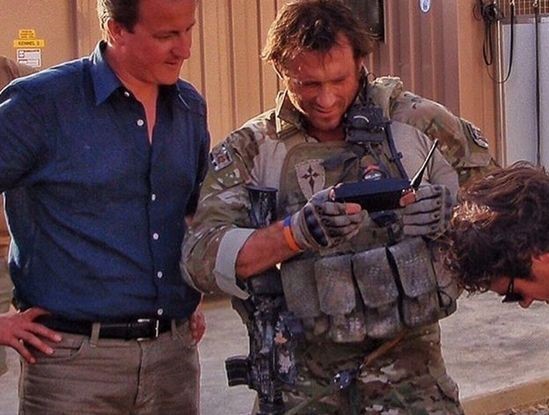
The British Army has pioneered the use of specialist units all the way back to the 1700s, take Rogers’ Rangers for example. However, the modern British forces that we see today can trace their origins back to WW2 and the violent days of covert warfare against the Wehrmacht’s Afrika Korp under Field Marshall Erwin Rommel during the North African campaign of WW2, the British special forces have gone on to be a feature of key moments in British military history.
After undergoing some of the hardest military training in the world, They often operate without allied support and have gone on to earn a reputation as some of the most elite special forces in the world.
From hand to hand combat in Taliban cave systems to ending terror attacks even when off duty, as was the case in Kenya when an off-duty British Special Forces soldier, wearing combat gear over casual jeans and a purple shirt, was seen entering a besieged mall in Nairobi before killing the attackers and rescuing survivors, the reputation of the British SAS and SBS is hard-earned.
The Italian Arditi
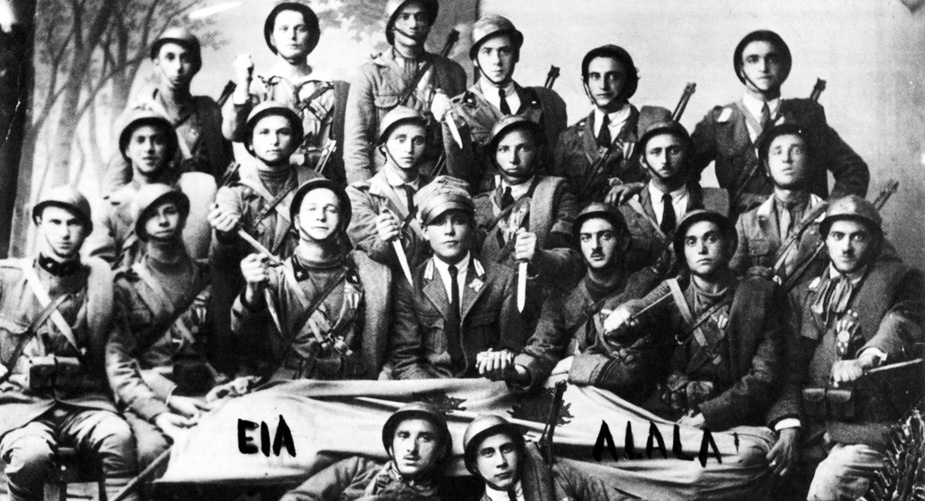
It’s no secret that the military history of Italy during the 20th Century often falls victim to being the butt of jokes. This is largely due to the failure of Italy to be a major voice at the Versailles meeting combined with the poor military performance and subsequent switching of sides during World War II. However, during the First World War, the Italian Army was home to one of the most feared units of the entire conflict: the Arditi.
By 1917, 3 years of grueling trench warfare had taken its toll on the Italian Army. Inspired by the German Stosstruppen, Italian officers proposed that specialist assault units be created in order to break the deadlock warfare that was characteristic of the First World War. Thus, the Arditi was born.
Armed with characteristic daggers, a common Arditi tactic was to storm enemy trenches as it was under fire from Italian artillery. In the crucial seconds following the artillery attack, they would storm the enemy trenches and take advantage of the enemy huddling for safety or in shellshock. They soon gained a reputation for killing the enemy with daggers, due to rifles being cumbersome in trenches. The Arditi would then hold a captured trench until regular reinforcements arrived. Whilst their almost medieval style of combat was highly effective at capturing territory, it was common for the Arditi units to lose up to 30% of their unit strength during these daring attacks. Their motto was fitting: “Either victory or everyone diesâ€.
One Arditi squad gained infamy through their actions during the fights along the River Piave in Italy. Utilizing stealth tactics, the Arditi slowly crept across the river with iconic Sardinian daggers called a Resolza clutched between their teeth. After navigating the river, the Arditi proceeded to unleash chaos on the Austrian and German defenders. These actions earned them the nickname “Caimans of the Piave†and they contributed to the breakthrough on the Piave in November 1918, which subsequently led to the defeat of the Austro-Hungarian forces.
Israeli Special Forces
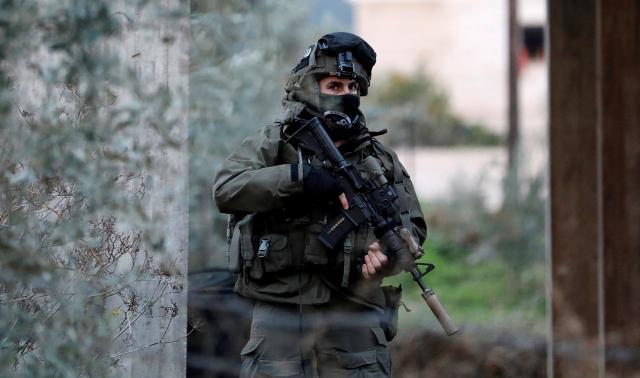
Surrounded on all sides by hostile countries, the young country of Israel has long been home to one of the most dangerous special forces in the world called Sayeret Matkal or more simply Unit 269. Sayeret Matkal in English means General Staff Reconnaissance Unit and was formed back in 1957, 9 years after the establishment of the state of Israel in 1948.
The Sayeret Matkal specializes in operating deep behind enemy lines in order to conduct reconnaissance and gather intelligence. They also fill a hostage rescue and counter-terrorism role. The unit shares the same motto as the British SAS and is modeled after them, but does not compare to the level of skill of the British. Their US military equivalent is that of 1st SFOD-D (Delta Force).
Since its foundation, Sayeret Matkal has conducted various daring operations. In the early 1990s, they hatched an operation called ‘bramble bush’ that was intended to assassinate Saddam Hussein, this was largely catastrophic and resulted in the deaths of five Sayeret Matkal soldiers. In 2017 they dispatched special forces groups and launched a daring infiltration of ISIS-held territory in Syria in order to place a listening device in a meeting room of high ranking ISIS personnel. This operation managed to gather critical intelligence and led to the 2017 electronics ban which prohibited electronics bigger than the size of a mobile phone on carry-on luggage for direct flights departing from 10 major airports in the Middle East and traveling to the United States.
Ghurkas
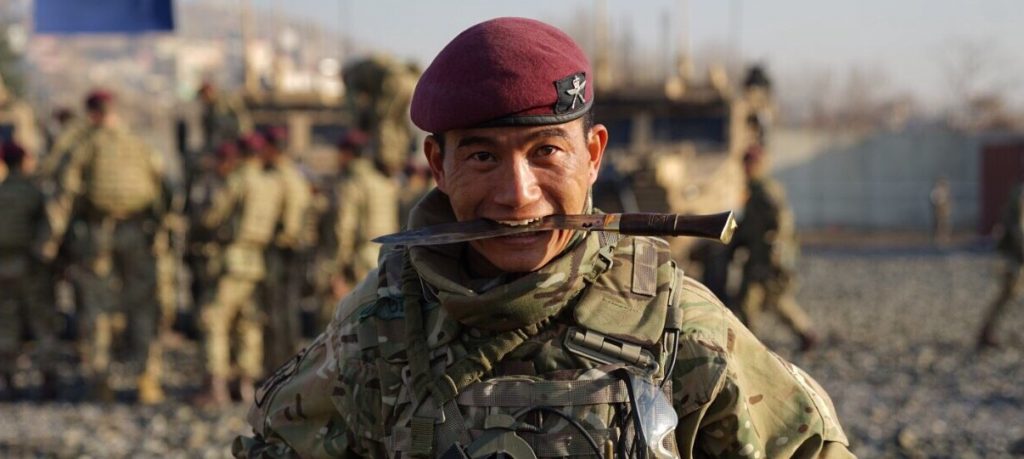
Gurkhas are some of the oldest and most feared units in the British Army. Their relationship with the British dates back to the early 19th century. They are soldiers native to the Indian subcontinent of Nepalese nationality. They are a feature in the Indian and Nepal military as well, a tradition since the end of the Anglo-Nepalese War in 1816. Interestingly, Gurkhas actually fall under the definition of mercenary according to Protocol I of the Geneva Conventions, but certain clauses make them exempt and award them a status similar to that of the French Foreign Legion.
The Ghurkas are known for their military prowess and their high level of bravery and the men of their regiments have been awarded an incredible 26 Victoria Crosses throughout their military history. The unit carries a distinctive curved Gurkhas knife known as a Khukuri or sometimes another traditional Nepalese hand to hand weapon known as a Kora Sword.
“If a man says he is not afraid of dying, he is either lying or he is a Gurkha.”
Indian Army Chief of Staff Field Marshal Sam Manekshaw
During the war in Afghanistan, the British Army fielded various Gurkha units and they would go on to continue their record of jaw-dropping fearlessness in battle, especially in the case of one Gurkha Sergeant named Dipprasad Pun whose outpost was almost overrun by a wave of fanatical Taliban fighters, leading to one of the most epic Gurkha stories in military history. Alone and surrounded on his two-story outpost, Pun tore the tripod from his GPMG heavy machine gun and unleashed 250 rounds into the Taliban onslaught until it was empty. He then proceeded to throw 17 hand grenades into the Taliban before picking up his SA80 rifle and firing a further 180 rounds.
As the situation grew dire, Pun resorted to throwing a claymore landmine into the enemy ranks. In an attempt at flanking him, a Taliban fighter climbed onto an adjacent roof opposite Pun’s position. As Pun attempted to drop the fighter, his rifle jammed. No worries, Pun simply picked up the tripod from the GPMG and launched it into the Taliban fighters face at full force, knocking him off the roof. Pun survived and in the aftermath, he was surrounded by 30 dead Taliban. He was personally awarded the Conspicuous Gallantry Cross by Queen Elizabeth II.
For similar articles on current and historical military forces around the world, check out our military history section!
